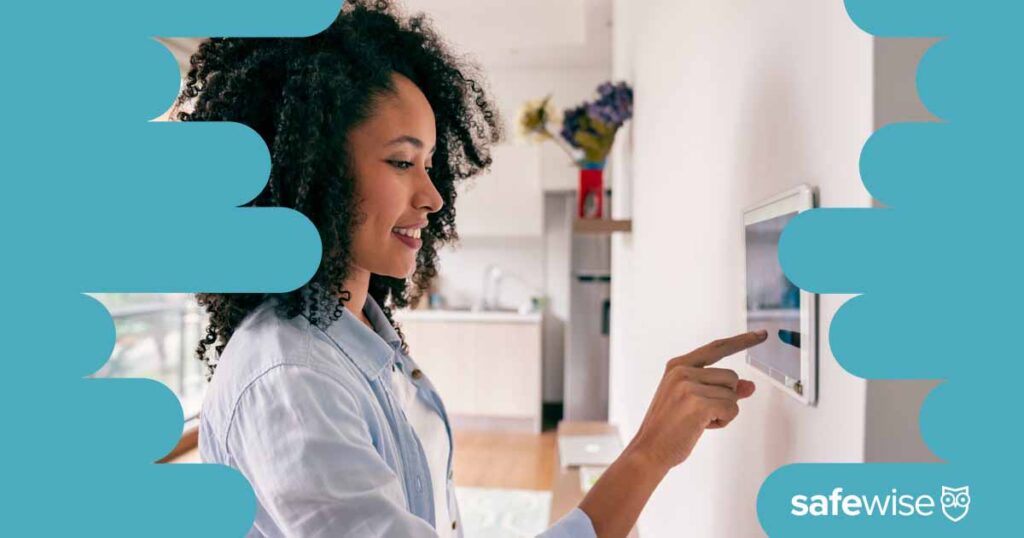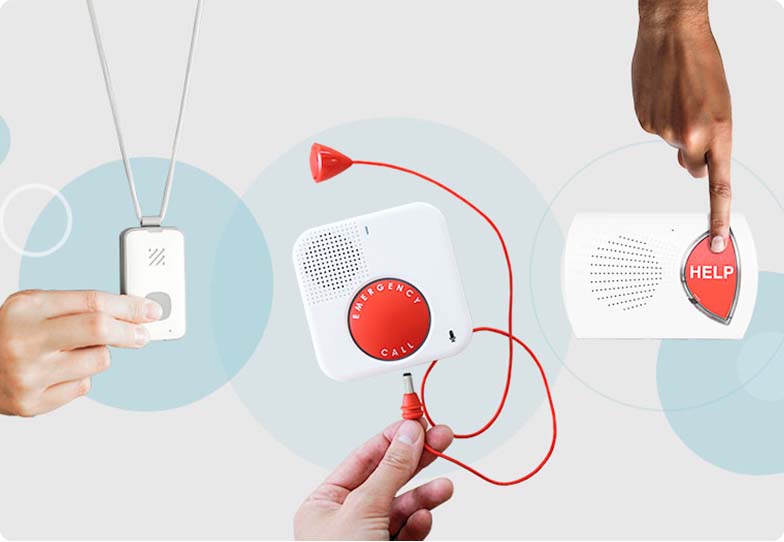Home security is a psychological game of chicken between you and a burglar—whoever flinches first loses. With very few exceptions, burglars do the minimum amount of work and won't risk getting caught if there's enough security around.
Because burglars squeak by with a D- on effort, it's fairly easy to create obstacles to their success. Here are five principles to help you build a comprehensive home security strategy and prevent a home burglary.





